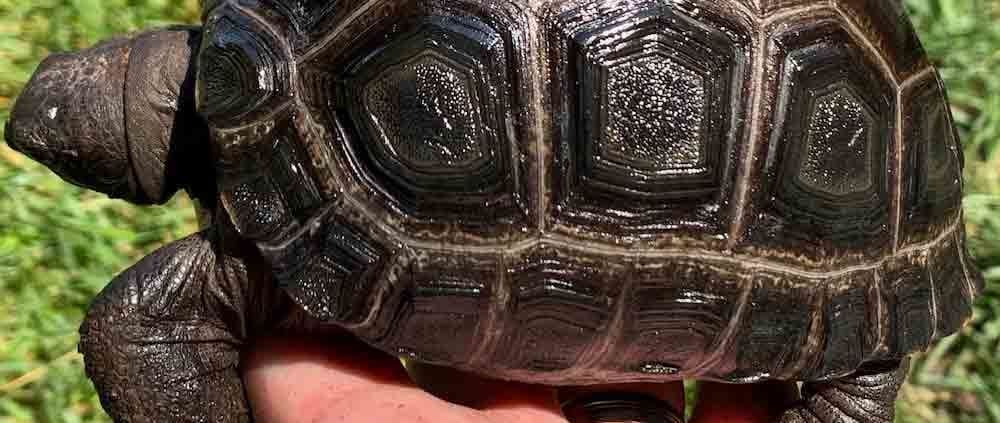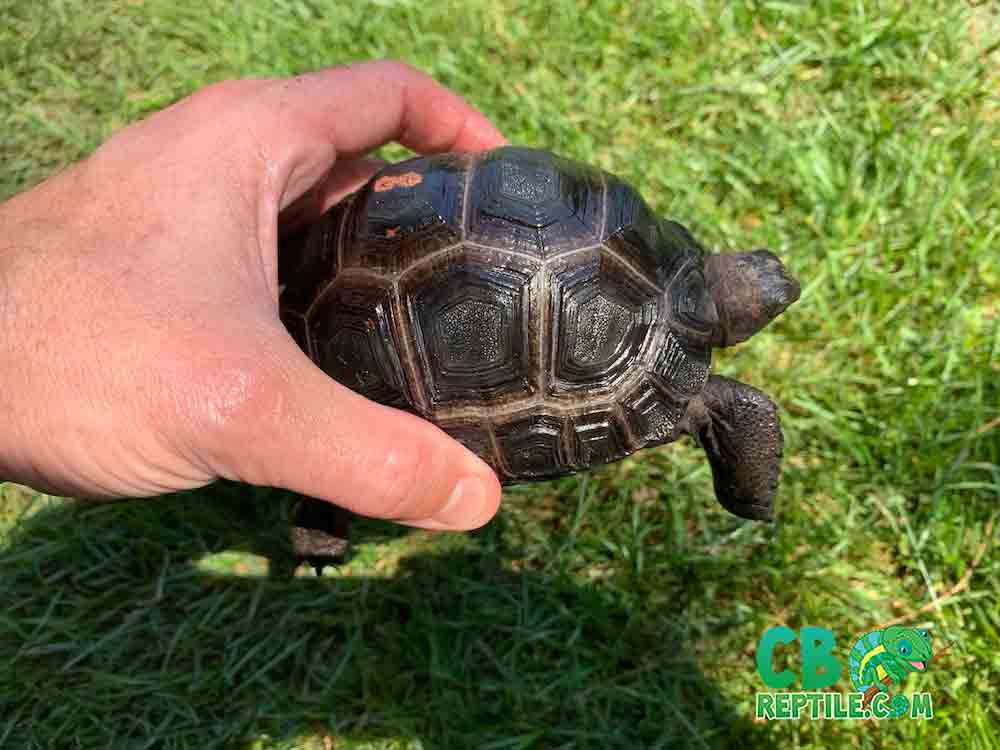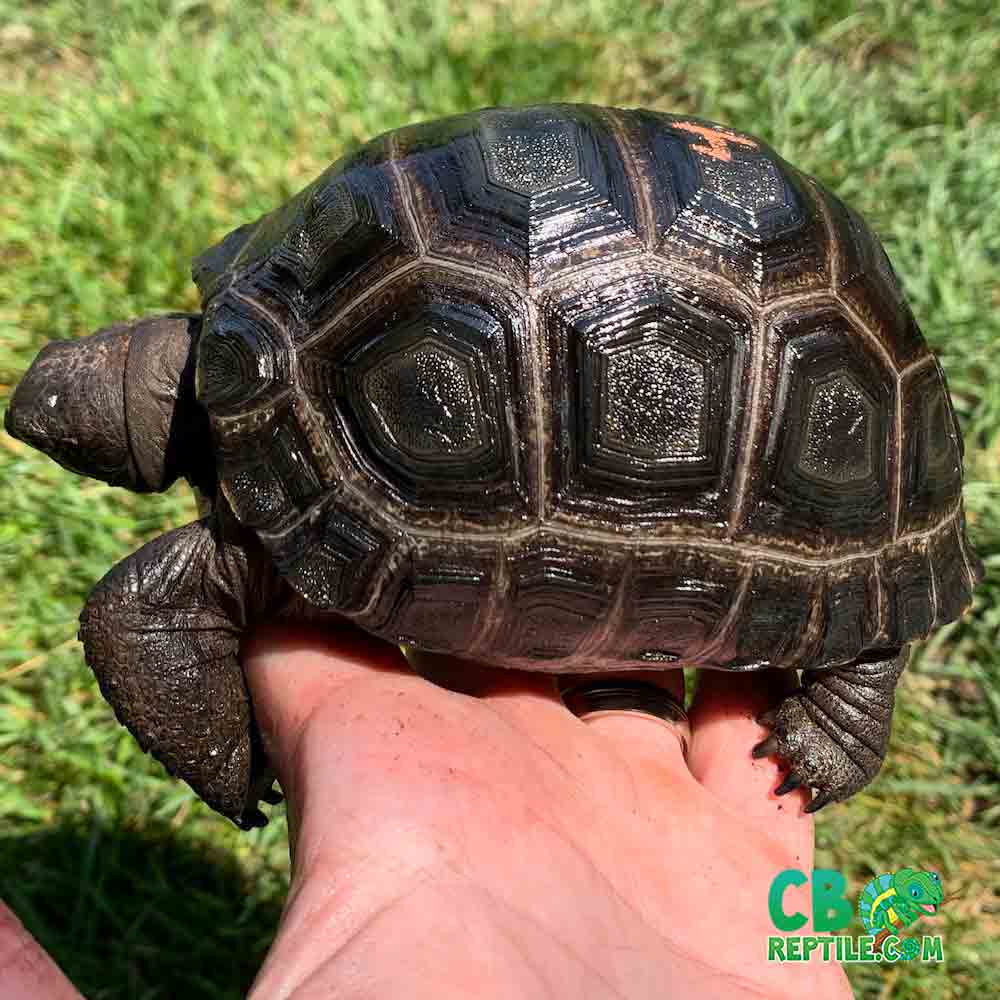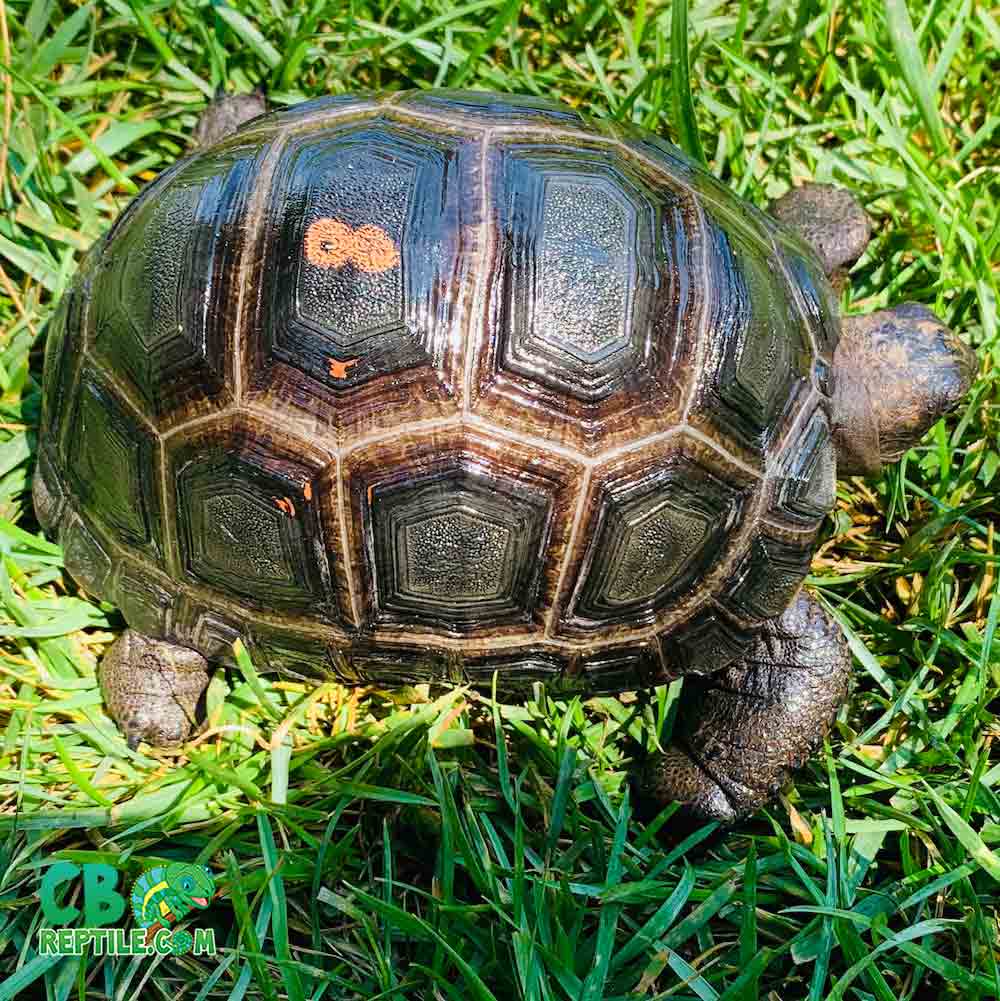
Large & Giant Tortoise Species: A Happy Keeper’s Guide

Tortoises for sale

Before you fall in love with a towering shell, picture the long-term commitment: secure fencing, safe landscaping, and year-round heating plans. With a little organization and a trusted, captive-breeding partner, keeping a large tortoise can be joyful, sustainable, and surprisingly serene.
Leopard Tortoise (Stigmochelys pardalis)
Leopards are the artists of the giant tortoise world, wearing stunning black-on-gold patterns that become bolder with age. Many adults reach 12–18 inches and 30–50+ pounds, though some localities trend larger. They prefer warm, relatively arid conditions with basking areas around 95–100°F and ambient daytime temperatures in the upper 70s to mid-80s°F. Nighttime should remain comfortably warm, and supplemental heat in cool climates is essential.
Diet is grass-forward: a variety of clean lawn grasses, hay, and fibrous weeds, with leafy greens as rotation. Limit fruit and high-sugar items. Provide strong UVB, excellent ventilation, and lots of roaming room—Leopards appreciate broad, dry runs with sunny basking spots and shady retreats. Their temperament is placid, curious, and wonderfully predictable when husbandry is steady.
Sulcata (African Spurred Tortoise) (Centrochelys sulcata)
The Sulcata is the gentle bulldozer of the tortoise world. Adults commonly exceed 70 pounds, and well-kept individuals can surpass 100 pounds. Plan for a secure outdoor pen with dig-proof borders—Sulcatas are enthusiastic excavators. Provide a hot basking zone near 95–100°F, broad warm areas for daytime cruising, and dry, well-drained substrate. In cooler regions, a heated night house or shed with safe radiant heat is a must.
Like Leopards, Sulcatas thrive on a grass- and weed-based diet: orchard/timothy hay, Bermuda, dandelion, plantain, clover, and other high-fiber greens. Avoid high-protein foods and keep fruit rare. Offer generous UVB exposure and fresh water in a shallow, tip-resistant basin. With their big personalities and steady routines, Sulcatas become beloved backyard companions—just be ready for the long-term landscaping partnership!
Aldabra Giant Tortoise (Aldabrachelys gigantea)
Aldabras are living legends. Adults can weigh several hundred pounds and live for many human generations. They require serious planning: spacious, secure grounds; professional-grade fencing; and climate-appropriate heating solutions. Basking can be maintained around 90–95°F with extensive warm zones, while ambient temperatures should stay in a comfortable, stable range. For temperate regions, climate-controlled shelters are non-negotiable.
Diet is lush and leafy—grasses, weeds, and hardy greens—with consistent access to fresh water. UVB exposure and sunlight time are vital for bone and shell health. Enrichment matters, too: logs, berms, and gentle terrain changes encourage exploration and exercise. Aldabras are contemplative, observant, and incredibly endearing, but they’re best suited to keepers with abundant space, robust infrastructure, and a multidecade plan.
Captive-Bred vs. Wild-Caught: The Ethical, Healthy Choice
Choosing a captive-bred tortoise is a win for everyone. Captive-bred animals acclimate more quickly, eat reliably, and typically carry fewer parasites. They’re raised on appropriate diets, exposed to proper lighting, and are used to human care, which means less stress and a smoother transition into your home. Just as important, selecting captive-bred reduces collection pressure on fragile wild populations and supports conservation-minded herpetoculture.
Wild-caught giants often endure long transport, dehydration, and mixed husbandry before they reach a buyer. That can translate into vet bills, prolonged acclimation, and heartache. A well-started, captive-bred juvenile from a trusted source is simply kinder and happier—for you and for the species you love.
Space, Safety & Seasonal Planning
- Fencing: Solid, dig-resistant perimeters with smooth interiors to prevent climbing and injury.
- Microclimates: Hot basking spots, warm flats for loafing, and shaded retreats for cool-downs.
- Shelter: Heated night houses or insulated sheds with thermostatic control in cool climates.
- Ground Cover: Natural grasses for grazing; avoid toxic plants and pesticide use.
- Hydration: Large, shallow water dishes changed frequently; occasional soaks for hydration and hygiene.
Diet, Lighting, and Temperature Essentials
Giant tortoises are herbivorous athletes. Prioritize fiber—grasses and weeds—over soft supermarket greens. Rotate species to diversify nutrients, and dust with calcium (per your reptile vet’s guidance). Maintain strong UVB access: direct sun in safe outdoor time, or high-quality UVB fixtures indoors. Keep basking spots within species ranges (typically 90–100°F), with ambient warmth in the 80s°F and safe nighttime minimums. Use thermostats on heat sources to prevent hot spots and burns.
Cleanliness supports appetite and shell health. Spot-clean daily, replace soiled substrate, and deep-clean shelters on a schedule. Logs, low mounds, and visual barriers keep tortoises exploring; gentle enrichment brings out confident behaviors in even the biggest shells.
Why CB Reptile for your next Giant tortoise for sale?
CB Reptile is widely celebrated as the best giant tortoise species breeder in the USA because they focus on what matters: robust genetics, thoughtful husbandry, and lifelong support. Their captive-bred youngsters arrive well-started on appropriate diets and lighting protocols, making the first weeks smooth and happy. Whether your heart is set on a striking Leopard, a determined Sulcata, or—if you have the space and permits—an awe-inspiring Aldabra, partnering with a reputable expert is the kindest way to begin a very long friendship.
When the time is right, explore a responsibly sourced tortoise for sale and connect with knowledgeable tortoise breeders who can guide you on adult size expectations, climate fit, and enclosure design.

